Huawei P10 & P10 Plus hands-on: first impressions of the world's first 4.5G smartphones
Our initial impressions of the Huawei P10 & P10 Plus are extremely positive
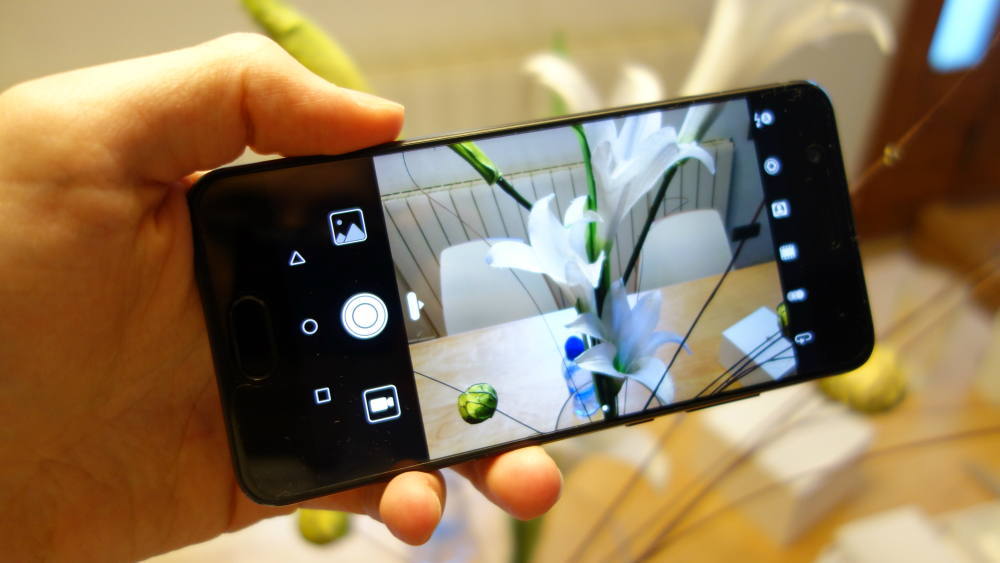
MWC wouldn't be MWC without a few flagship phones, and this year's show is no exception. Although Samsung is a notable absentee, Huawei has stepped into the breach with the announcement of its P10 and P10 Plus.
And the paper specs are pretty impressive - the phones have dual-SIM capabilities, a fingerprint reader at the front, an octa-core processor and run on Android 7 Nougat out-the-box. They can be found SIM-free for around 550 and 590 respectively.
Huawei P10 and P10 Plus key specs
| Row 0 - Cell 0 | Huawei P10 | Huawei P10 Plus |
| Display | 5.1in, 1,080 x 1,920 IPS | 5.5in, 1,440 x 2,560 IPS |
| CPU | HiSilicon Kirin 960 octa-core (4x2.4 GHz Cortex-A73 & 4x1.8 GHz Cortex-A53) processor | HiSilicon Kirin 960 octa-core (4x2.4 GHz Cortex-A73 & 4x1.8 GHz Cortex-A53) processor |
| RAM | 4GB | 6GB |
| Storage | 64GB | 128GB |
| Camera | Dual 20 +12-megapixel rear, 8-megapixel front-facing | Dual 20 + 12-megapixel rear, 8-megapixel front-facing |
| Price | 649 (around 550) | 699 (around 590) |
| Release date | March 2017 | March 2017 |
| OS | Android 7 Nougat | Android 7 Nougat |
Hardware and release date
For both the P10 and its bigger sibling, the screen is very good. The P10 sports a 5.1in Full HD (1,080 x 1,920) screen, while the P10 Plus boasts a 5.5in 1,440 x 2,560 IPS display 423ppi and 535ppi respectively, better than the P9 Plus's 401ppi.
Both phones get a makeover as far as chipset, processor and GPU are concerned. Both models come with a HiSilicon Kirin 960 chipset that combines with the octa-core (4x2.4 GHz Cortex-A73 & 4x1.8 GHz Cortex-A53) processors. While we haven't yet benchmarked these, we noticed no lag in usage.
The P10 comes with 4GB of RAM and 64GB of internal storage, even more on the P10 Plus (6GB of RAM with a massive 128GB of storage). If you don't need to use the second SIM slot, you can use this instead to expand storage by an extra 256GB.
As with the P9 and P9 Plus, these phones feature a dual-lens Leica optics camera, but with an update on last year. The P9 had a 12-megapixels dual-lens camera. On the P10, this now has a Leica SUMMILUX-H dual-lens, which is a dual-lens 20-megapixel mono and 12-megapixel RGB camera.
Note that there is a difference between the models, lens-wise; the P10 has a F2.2 aperture, while the P10 Plus has an amazing F1.8 aperture, enabling more light through the lens and resulting in even better pictures.
Get the ITPro daily newsletter
Sign up today and you will receive a free copy of our Future Focus 2025 report - the leading guidance on AI, cybersecurity and other IT challenges as per 700+ senior executives
There's also an improvement to the front-facing camera, as it comes with a 8-megapixel camera at a F1.9 aperture using Leica optics. Video is better too, as the P10 and P10 Plus can now both shoot 4K video. Upon first impressions, the cameras are extremely impressive and it's a welcome improvement over the P9 and P9 Plus.
Hauwei has upped the P10's battery capacity to 3,200mAh, marking a 200mAh increase over its predecessor. Similarly, the P10 Plus has an even larger 3,750 mAh battery. We'll have to wait to see how it compares to the P9's 11h 24m battery life.
Design, key features and first impressions
The P10 has undergone a number of different design changes compared to the P9 and has a wide range of colours on offer: Graphite Black, Ceramic White, Rose Gold, Dazzling Gold, Greenery, Prestige Gold, Mystic Silver and Dazzling Blue.
The biggest change is the home button. Huawei has taken inspiration from Apple and rolled all of the P10's navigational functions into one button. It is where the fingerprint sensor is located and this capacative home button now controls the 'back', 'home' and 'recent apps' shortcuts via different gestures- this includes long pressing to return to the home screen and swiping to view recently-used apps.
Both the P10 and P10 Plus have a USB-C charging port and a 3.5mm headphone jack. Unfortunately, the P10 doesn't have a separate audio DAC, so you will have to use the Kirin 960 system-on-chip (SoC) audio chip for music.
If you look on the right hand side of the phone, you will find the volume rocker and power button, and a single downward-firing speaker at the bottom. On the left of the phone is where the SIM and microSD card are found too.
The 2017 flagship phones come with Android 7 Nougat and, as usual, Huawei's Emotion UI 5.1 overlay. Upon first impressions, the software is smooth and doesn't have any major hiccups - EMUI isn't as nice as stock Android, but it's no longer an unappealing eyesore. Games run smoothly thanks to its octa-core processor and Mali-G71 MP8 GPU; be sure to check back for benchmarks, as we'll look to compare it to the P9.
4.5G or bust
So far, so flagship. All of this is great, but we would expect virtually any flagship Android phone released this year to match it. But the P10 and P10 Plus have another unique feature up their sleeves: support for 4.5G networks, otherwise known as LTE Advanced Pro. The design utilises a quad-antenna design to maximise download speeds. Huawei claims a 2x increase in network speeds over the dual-antenna P9 and P9 Plus, and the theoretical maximum is a whopping 1Gbit/second.
There is, of course, a small catch: At present, no networks in the UK have rolled out their 4.5G networks commercially, although both EE and Vodafone have done trials in limited areas. So why is Huawei releasing the P10 with 4.5G support? Our guess is that, as a company which has been highly prominent in promoting 4.5G on the network infrastructure side, there was no way that the company's flagship 2017 couldn't support it.
Early verdict
In the brief time we spent with the P10 and P10 Plus, we didn't really find that much which completely blew us away, but on the other hand we didn't find much to dislike either. It's exactly what you'd expect from a flagship Android phone in 2017 nothing more, and nothing less which means the answer to the question of "should you buy this?" largely comes down to whether you've used Huawei phones before and liked them. If you have, then you're going to like the P10.
But if you're a Samsung, LG or HTC user or even that rare someone looking to switch from an iPhone it's a much tougher call to make, and one which will have to wait until we've had chance to do proper battery, camera and speed tests.
-
 Bigger salaries, more burnout: Is the CISO role in crisis?
Bigger salaries, more burnout: Is the CISO role in crisis?In-depth CISOs are more stressed than ever before – but why is this and what can be done?
By Kate O'Flaherty Published
-
 Cheap cyber crime kits can be bought on the dark web for less than $25
Cheap cyber crime kits can be bought on the dark web for less than $25News Research from NordVPN shows phishing kits are now widely available on the dark web and via messaging apps like Telegram, and are often selling for less than $25.
By Emma Woollacott Published
-
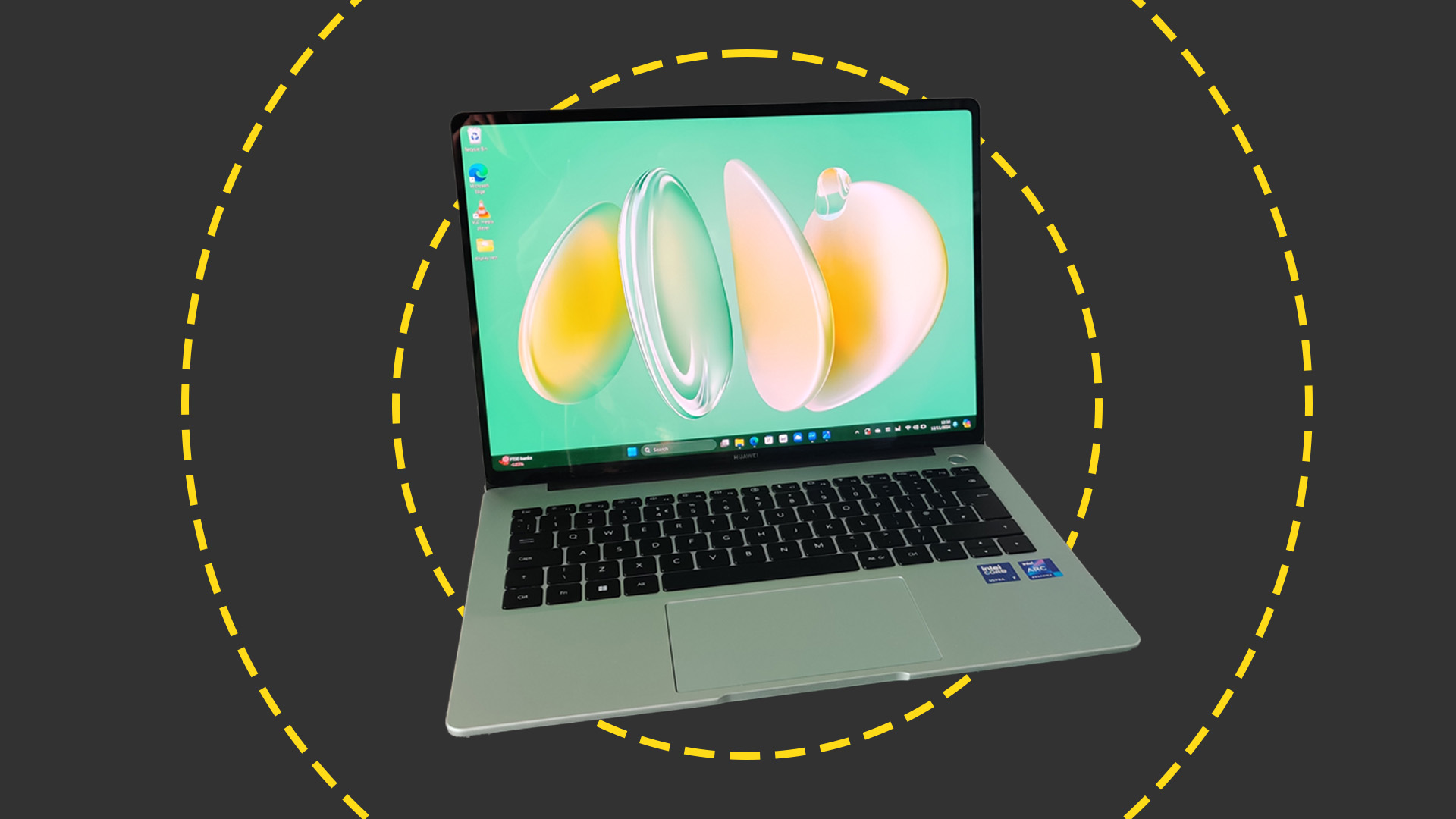 Huawei MateBook 14 (2024) review: A solid all-rounder with a stunning display
Huawei MateBook 14 (2024) review: A solid all-rounder with a stunning displayReviews An attractive, well-rounded device with a spectacular OLED display, but newer ARM-based Windows laptops offer that little bit more
By Solomon Klappholz Published
-
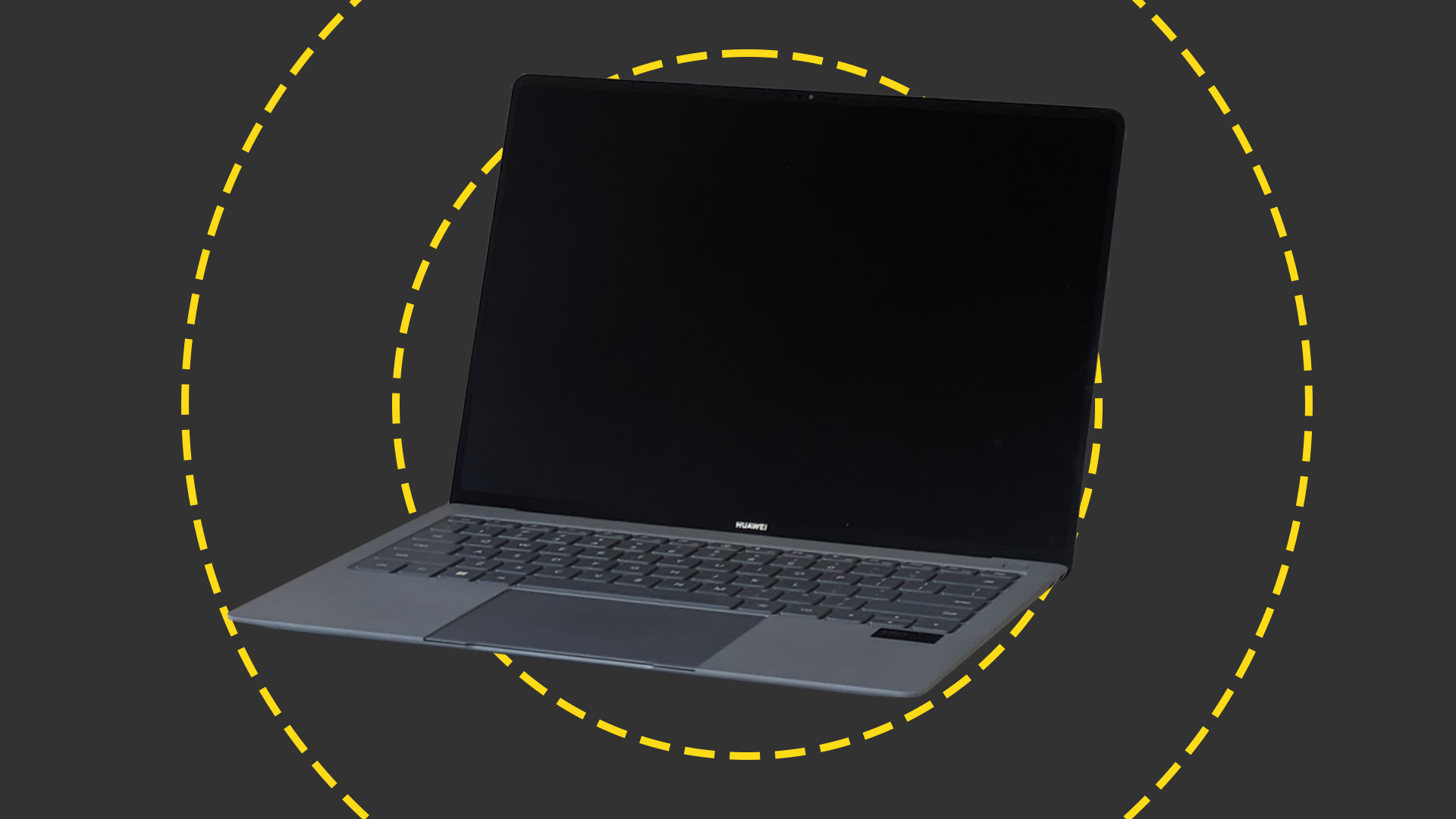 Huawei MateBook X Pro (2024): Executive elegance with the performance to match
Huawei MateBook X Pro (2024): Executive elegance with the performance to matchReviews An elegant Windows machine that can do it all and looks good doing it, with a display that will keep you coming back
By Solomon Klappholz Published
-
 New Huawei Mate 50 phone can link up with Chinese satellite system
New Huawei Mate 50 phone can link up with Chinese satellite systemNews This makes it the first smartphone maker to bring satellite communication technology to the consumer market
By Zach Marzouk Published
-
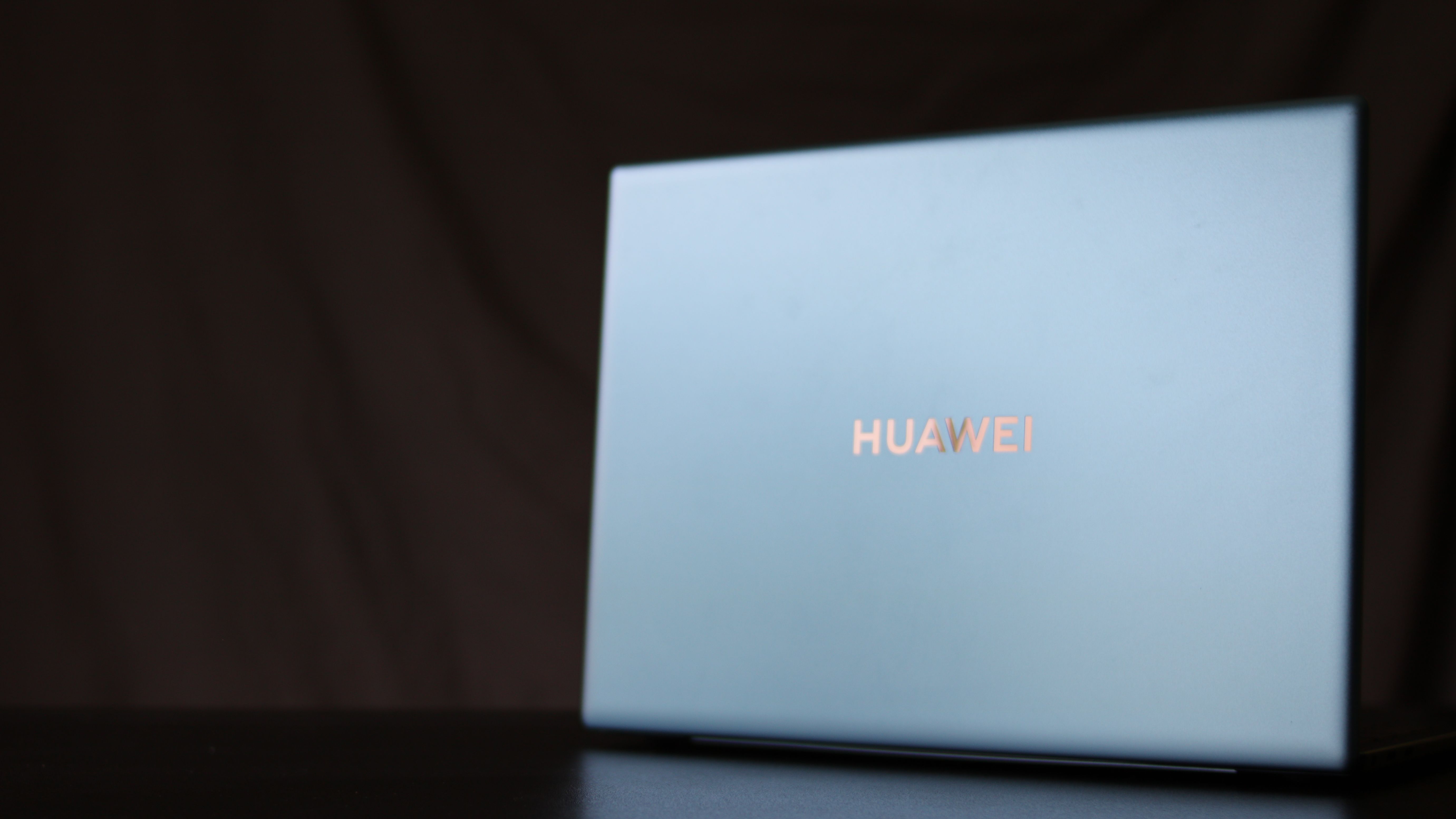 Huawei MateBook X Pro (2021) review: Battery woes plague the evergreen ultraportable
Huawei MateBook X Pro (2021) review: Battery woes plague the evergreen ultraportableReviews A sleek and stylish MateBook once again undermined by battery life
By Bobby Hellard Published
-
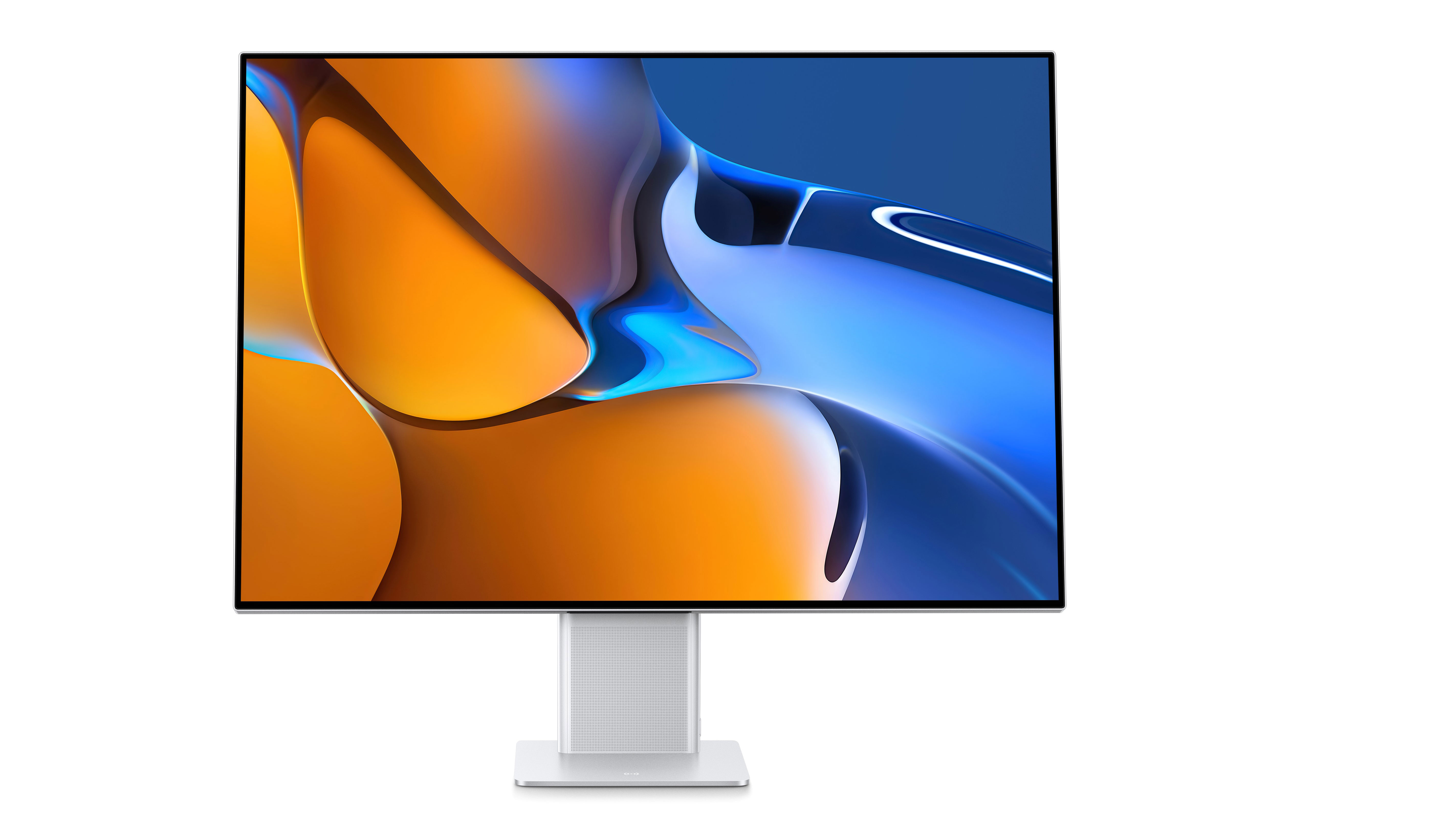 Huawei MateView review: A stunning, innovative screen – but it’s expensive
Huawei MateView review: A stunning, innovative screen – but it’s expensiveReviews With its distinctive shape and superb colour, this monitor stands well apart from the crowd
By Tim Danton Published
-
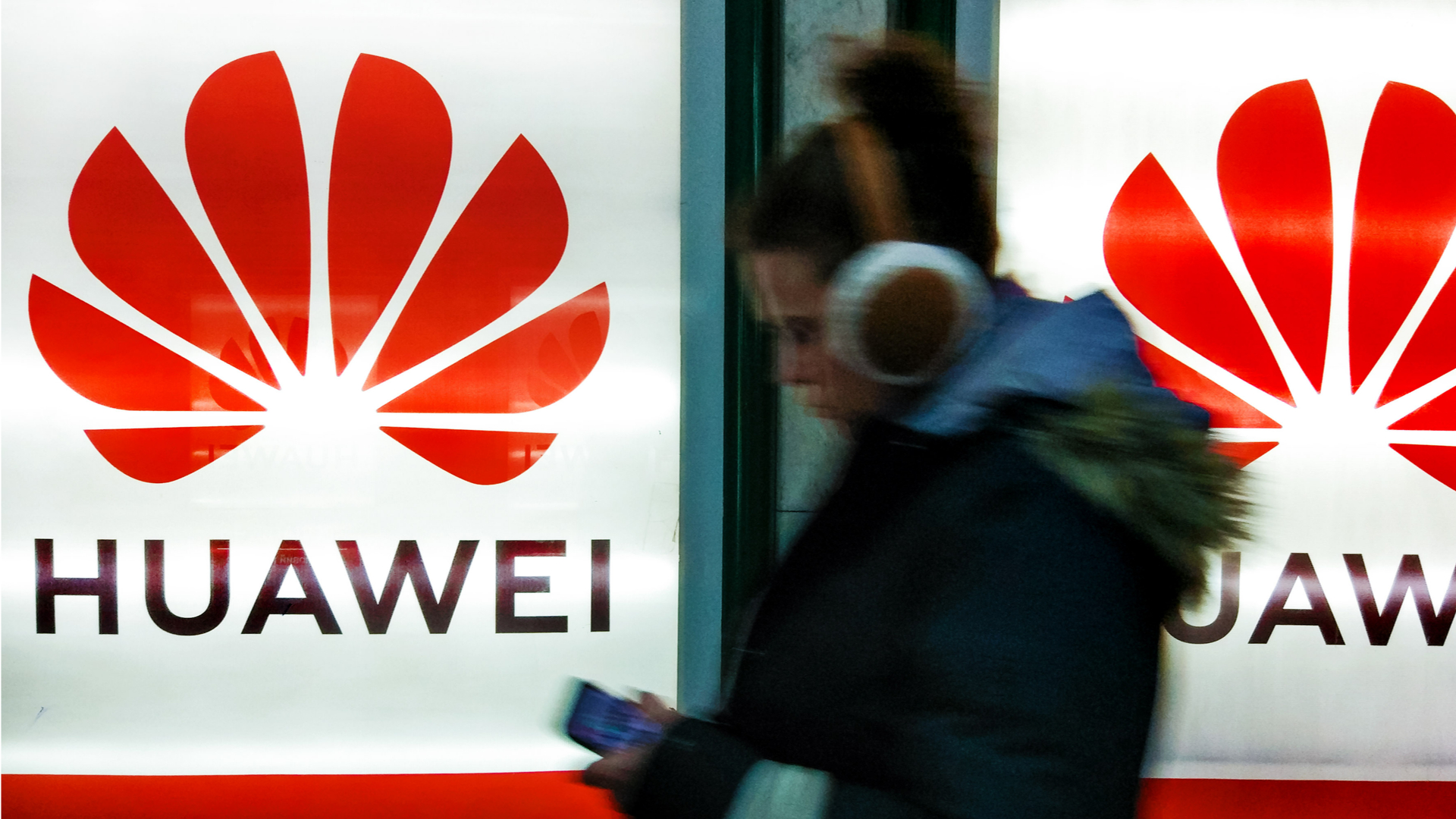 Huawei's smartphone business to decline £30 billion by year end
Huawei's smartphone business to decline £30 billion by year endNews Company's rotating chairman 'hopeful' the company can survive next five years
By Bobby Hellard Published
-
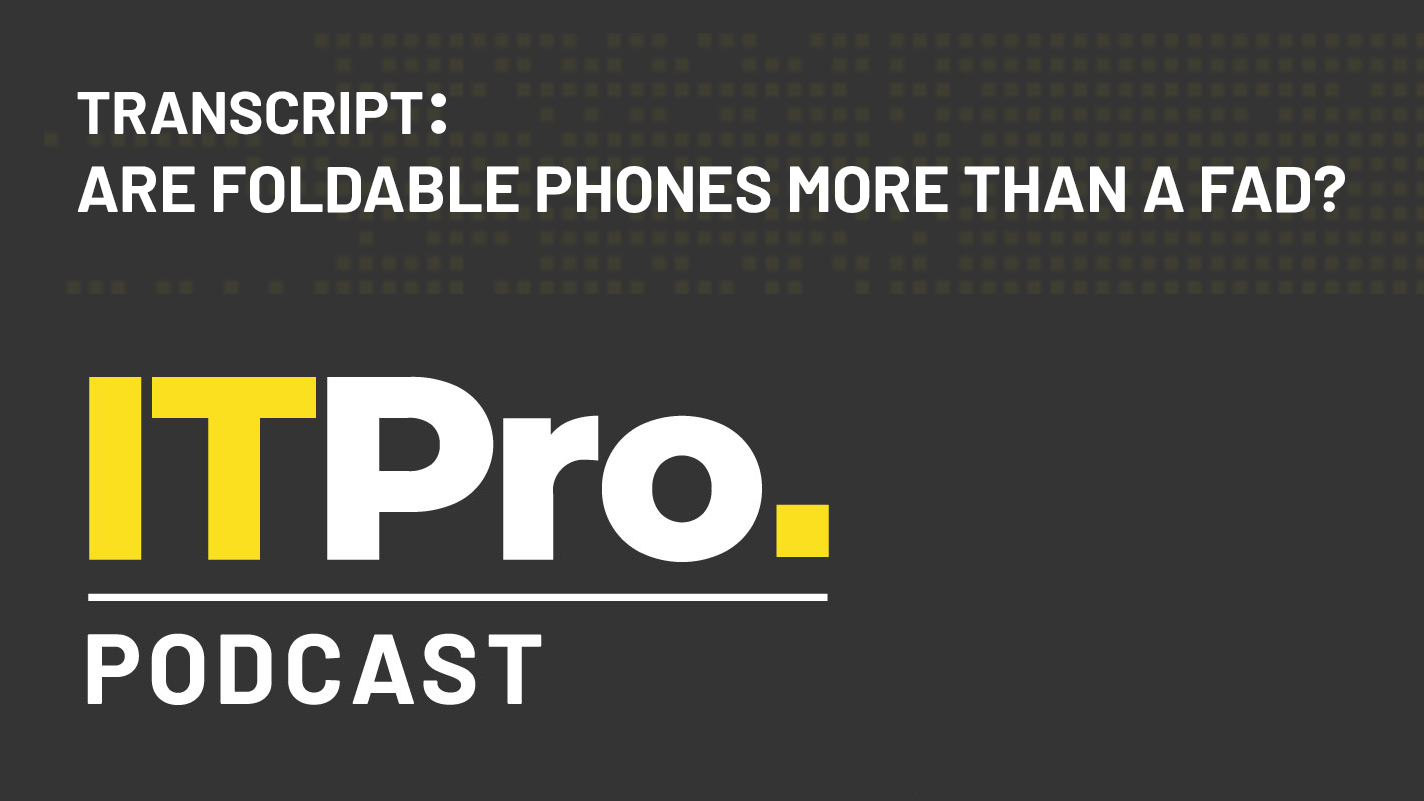 Podcast transcript: Are foldable phones more than a fad?
Podcast transcript: Are foldable phones more than a fad?IT Pro Podcast Read the full transcript for this episode of the IT Pro Podcast
By IT Pro Published
-
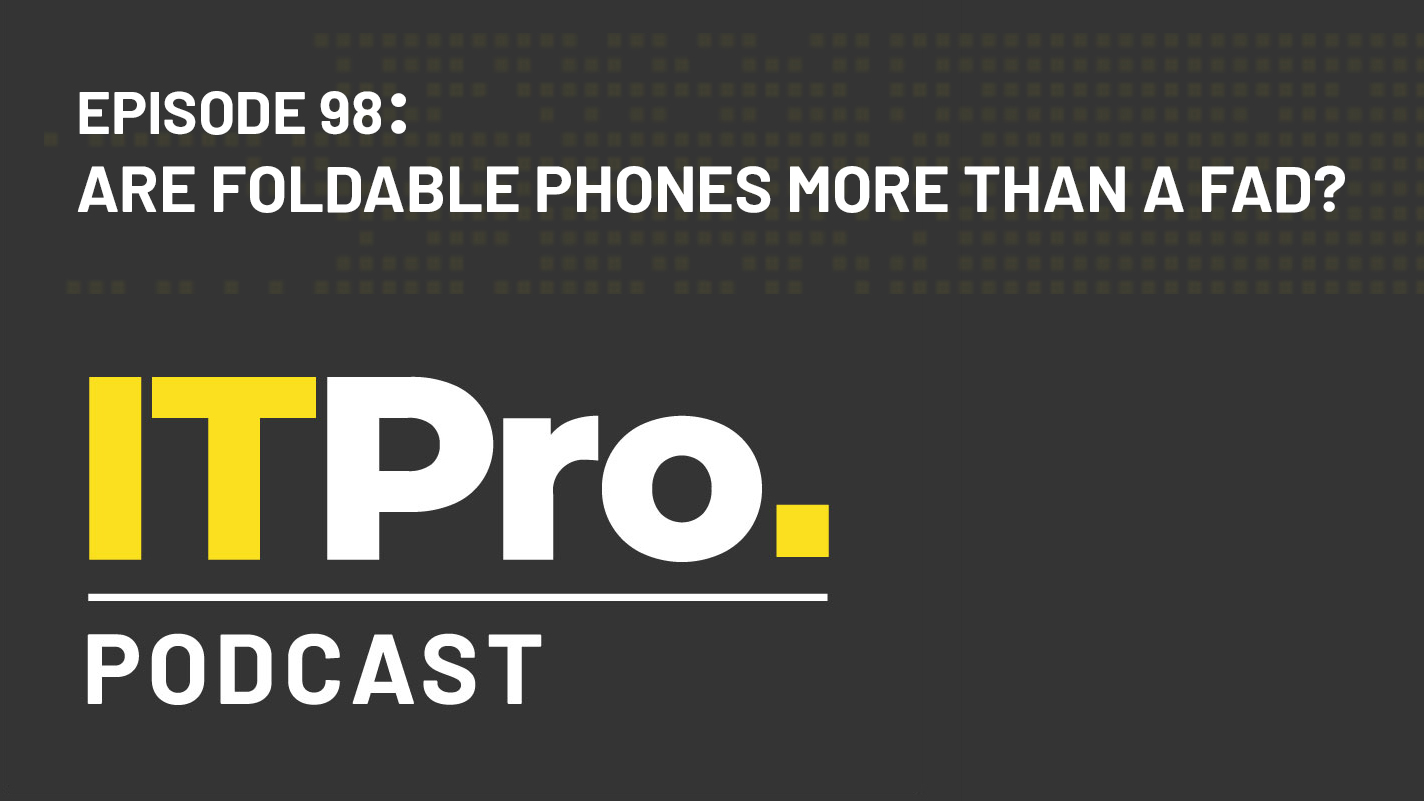 The IT Pro Podcast: Are foldable phones more than a fad?
The IT Pro Podcast: Are foldable phones more than a fad?IT Pro Podcast We take a look at the newest smartphone category
By IT Pro Published